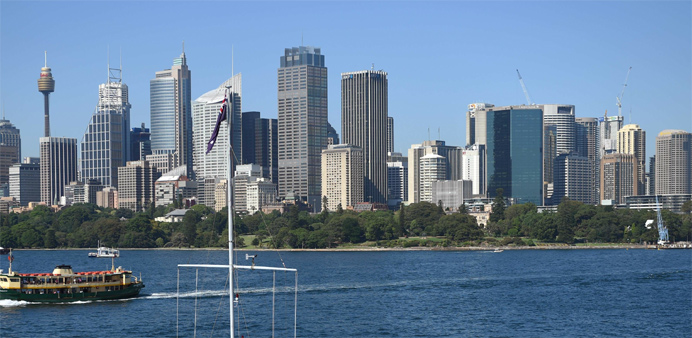The Australian government said on Saturday it is increasing the number of visas for skilled workers willing to migrate to the country's regions in a bid to ease pressure on major cities, where populations are growing twice as fast as elsewhere.
The government will increase the intake under its regional migration programme to 25,000 from 23,000, according to a statement issued by the Prime Minister Scott Morrison's office.
That does not mean, however, that Australia will be taking more immigrants.
Morrison's conservative government cut the annual immigration intake to 160,000 people as of July 1, versus 190,000 before. The 25,000 visas for those willing to live in smaller cities and regions are part of the annual migration cap.
Nearly a third of Australia's resident population were born overseas, according to the Organisation for Economic Co-operation and Development, or OECD.
Australia, a highly urbanised country with one of the highest population growth rates in the OECD, has about two-thirds of its population living in the capitals of states and territories, according to the 2016 government census data.
Between 2017 and 2018 the number of people living in those cities increased at twice the rate the number of people living outside them, recent government data show. Capital city growth accounted for 79% of Australia's total population growth.
‘We're using our migration programme to back our regions to grow to take the population pressure off our major capital cities and by supporting strong regions we're creating an even stronger economy for Australia,’ Morrison said.
Migrants willing to live in locations outside of Melbourne, Sydney and Brisbane will have access to priority processing and international university graduates who live in these locations will be eligible to apply for more time in Australia on a post-study work visa.



